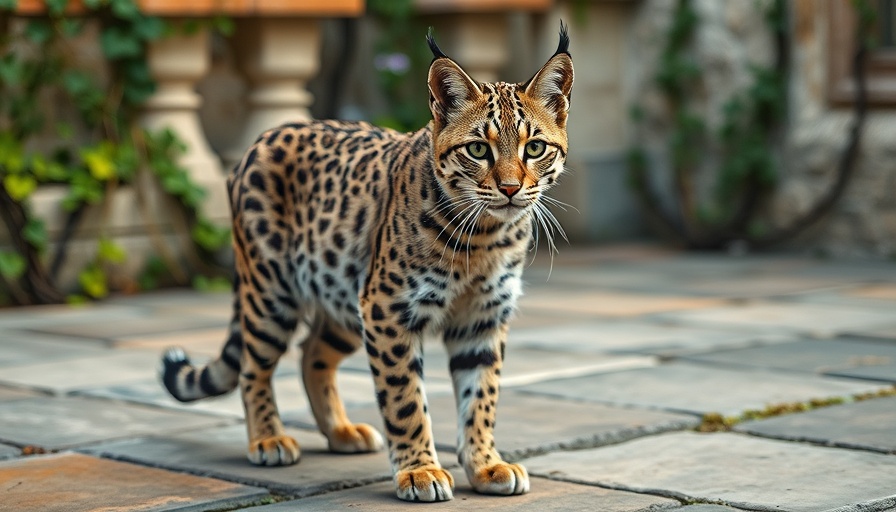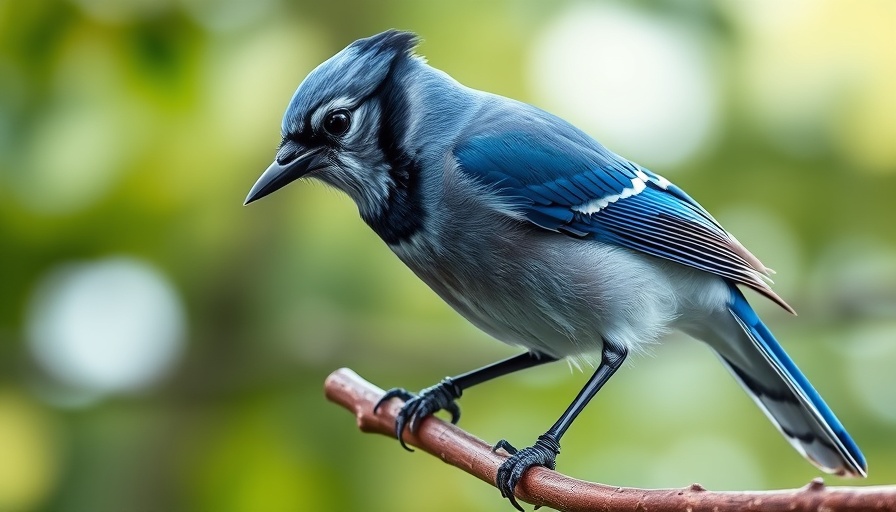
Avian Flu Extends Its Reach: A New Threat to Bobcats
Recent research conducted by Cornell University presents alarming findings regarding the spread of avian flu (H5N1) in wild bobcats across New York State. This study marks a significant milestone as it indicates that the viral infection is no longer limited to birds, but has now begun to impact terrestrial wildlife, including a species as elusive as the bobcat.
Understanding the Impact of Bird Flu on Mammals
Jennifer Bloodgood, a wildlife veterinarian connected with New York State's Wildlife Health Program, expressed her surprise at this unexpected transmission. The researchers captured and tagged 16 bobcats with GPS collars to monitor their health and movements, while also collecting critical biological samples. Unfortunately, during the study, one bobcat succumbed to the virus, underscoring the potential risk to populations of this cryptic species.
Verification of Disease Developments
As wildlife management efforts continue to evolve, it is crucial to identify new diseases affecting wildlife. This monitoring is essential for early detection and intervention. According to Bloodgood, “It’s really important to monitor this disease and see what’s going on so that we can protect ourselves and our pets.” Such efforts can help mitigate the virus’s effects on both the animals and the broader ecosystem.
Community Precautions and Future Testing
With areas seeing increased bobcat sightings—from the Adirondacks to Central and Western New York—Bloodgood advises the public to exercise caution around wildlife. Proper disposal of dead animals should be performed by wearing gloves and a mask, and it’s recommended to report such finds to the Department of Environmental Conservation (DEC). The study also indicated that martens, a weasel species, might be next in line for testing, showcasing an expanding landscape of species at risk.
The Road Ahead: Monitoring and Understanding Our Wildlife
As these findings begin to reverberate through both community discussions and scientific inquiry, understanding the implications of this data becomes paramount. By keeping abreast of the health of local wildlife, residents can play a vital role in safeguarding their environment and addressing the potential of zoonotic diseases, which can transfer from animals to humans.
 Add Row
Add Row  Add
Add 




Write A Comment